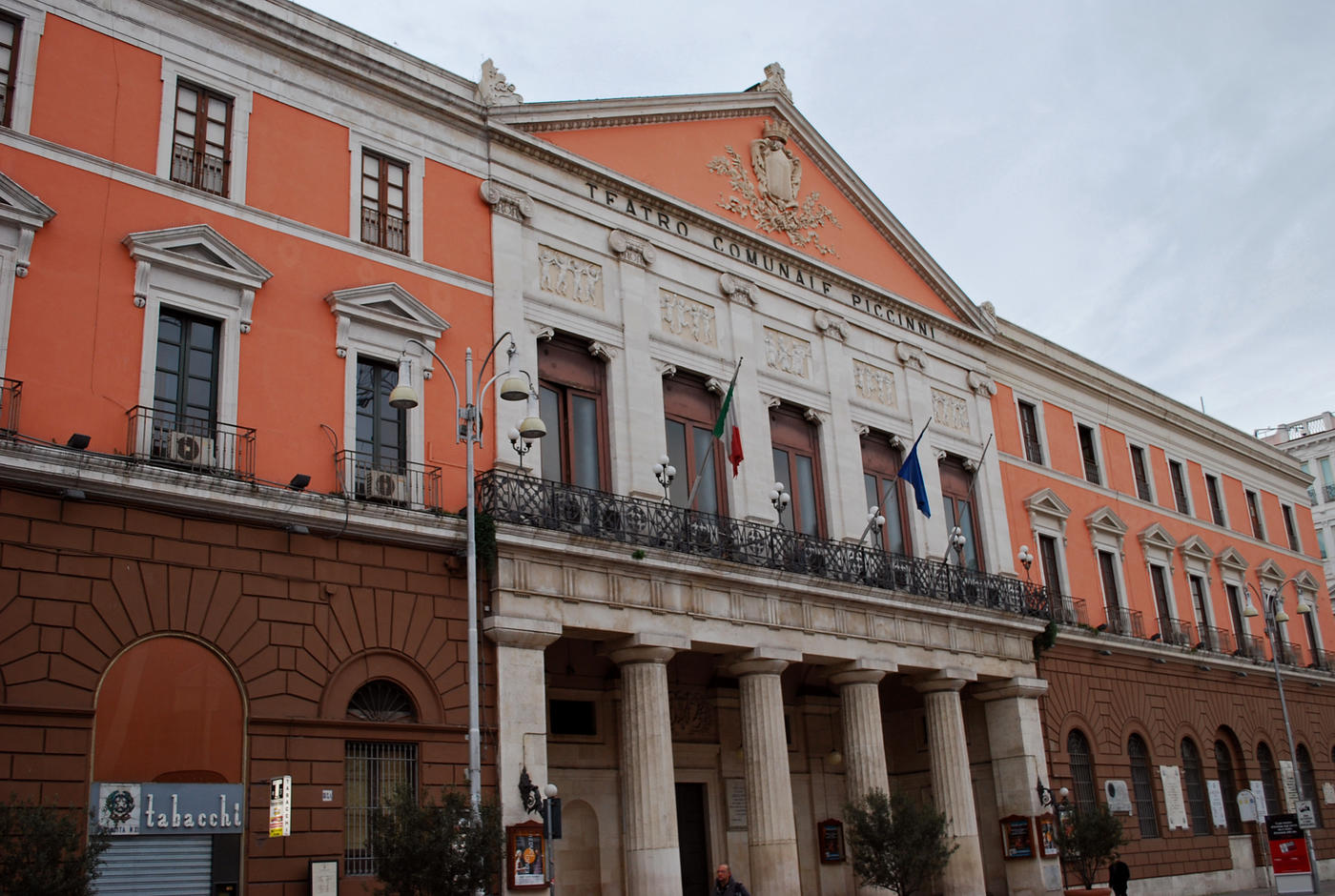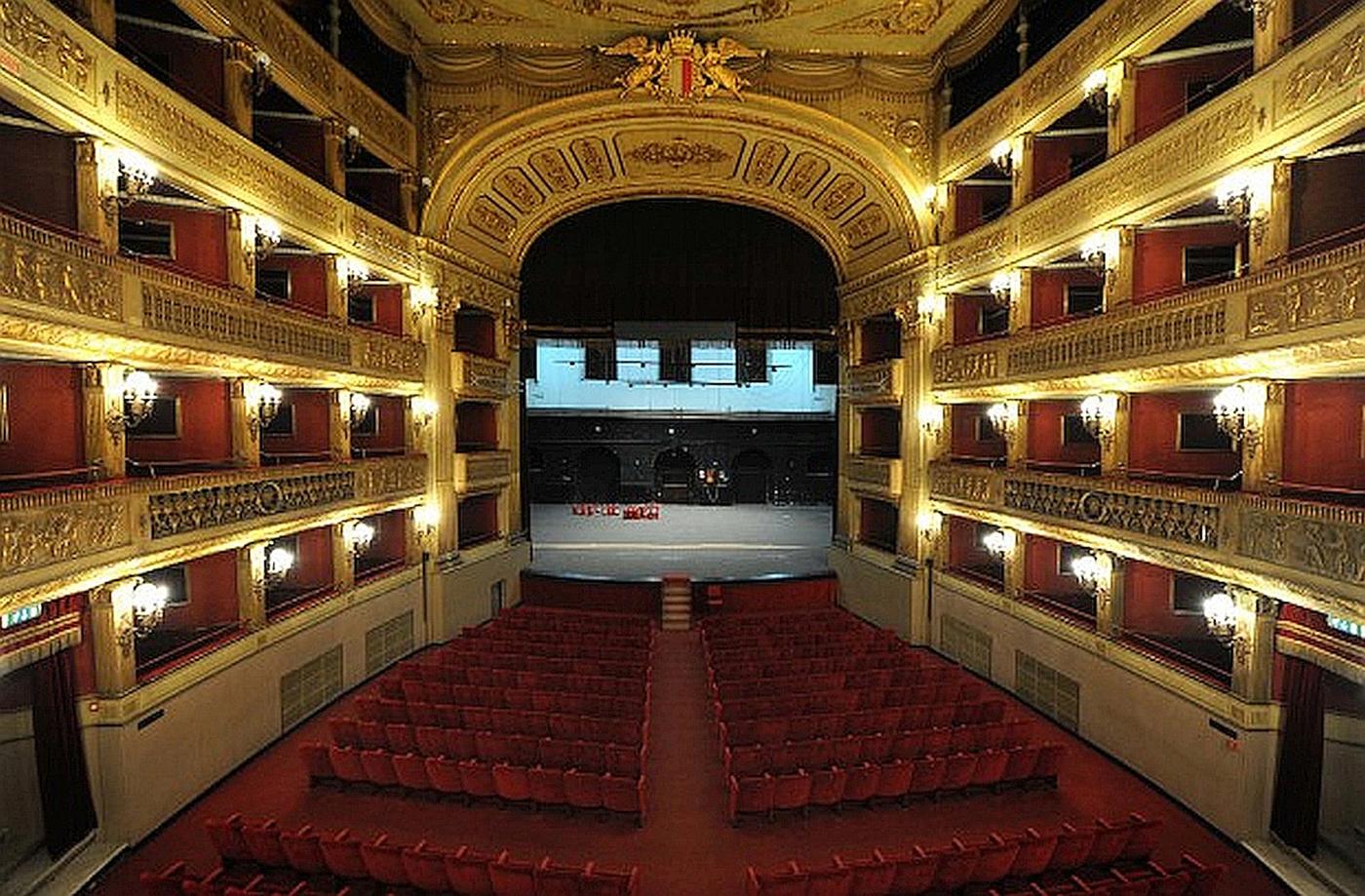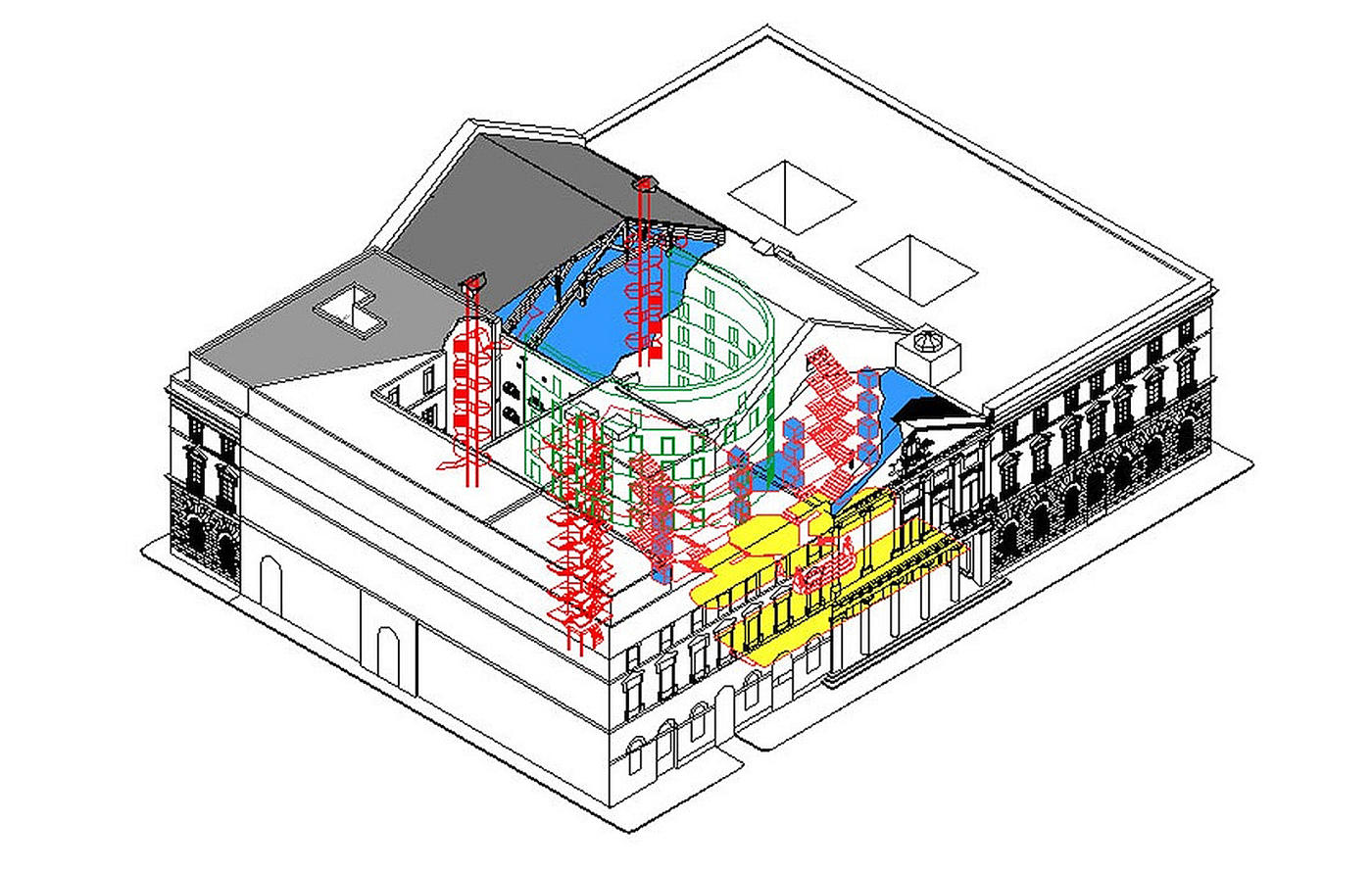How Fire Safety Experts Preserved a Historic Italian Theater
- The Piccinni Theater, built in 1854 in Bari, Italy, is the city’s oldest artistic venue.
- In the early 2000s, NIST fire engineers helped update the theater to modern fire standards while maintaining its historical appearance.
- Visitors see the theater as it appeared in the 1850s, but numerous fire safety procedures are in place behind the scenes.
Built in 1854, the Piccinni Theater (formally known by its Italian name Il Teatro Comunale Niccolò Piccinni) is the oldest artistic venue in the theater-rich Italian city of Bari.

Constructed of wood and stone, the Piccinni featured an elegantly decorated, horseshoe-shaped performance area. Eventually, the 800-seat theater became too small. So, the larger Petruzzelli Theater was built between 1898 and 1903 to provide more space for the city’s performing arts.

On the night of Oct. 26, 1991, the Petruzzelli was destroyed by an arsonist’s blaze.
So, the Piccinni once again became the main venue for Bari’s operatic and theatrical communities.
The National Institute of Standards and Technology (NIST) was asked to lend its expertise to upgrade and restore the old theater.
In 2002 and 2003, fire engineers from NIST and architectural/urban planning specialists from the Polytechnic University of Bari (PUB) worked to bring the 150-year-old theater up to current Italian fire resilience and safety standards. They did this without sacrificing the building’s historical appearance and function.
The project began with a comprehensive “physical exam” of the theater’s structural and decorative features using specialized techniques. The experts used computer models to study the structural behavior of building sections. They microscopically scrutinized wood samples, finishes and other elements to ensure that they could be restored or replaced to the original state.

Visitors can now see the Piccinni as it appeared in 1854. Behind the scenes, there are numerous safety features, such as:
- sprinklers and a gaseous fire suppression system
- fire-resistant materials added to the wooden infrastructure
- additional fire exits
Did You Know?
- The Piccinni Theater is named for composer Niccolò Piccinni (1728-1800), who was born and lived most of his life in Bari. Piccinni lived under house arrest for four years after the King of Naples falsely accused him of sympathizing with French revolutionists.
- The theater’s main hall and stage have “double smoke detection systems” that use both spot (where smoke is detected by an optical or ionization sensor) and beam (where smoke blocks a beam of light to trigger the alarm) smoke detectors, as well as continuous air sampling and analysis for smoke-related particulate matter.

